Introduction
Steamed egg custard, a dish revered for its delicate texture and mild flavor, is a culinary staple in many Asian cuisines, including Chinese, Japanese, and Korean traditions. Often dubbed “Chinese steamed eggs” or gyeran-jjim in Korean, this humble preparation transforms simple ingredients into a luxurious treat. The addition of pure milk elevates the dish, imparting a creamy richness that balances the eggs’ natural richness. This guide will walk you through the art of creating a flawless steamed egg custard using pure milk, ensuring a silken finish that melts in your mouth. Whether you’re a novice cook or a seasoned home chef, mastering this recipe will grant you a versatile dish suitable for breakfast, brunch, or as a sophisticated side.
The Science Behind Silken Perfection
At its core, steamed egg custard is an emulsion of eggs, liquid, and seasonings, stabilized by heat. The goal is to achieve a uniform, wobbling texture free from coarse holes or rubbery patches. Milk, with its proteins and fats, plays a dual role: it thins the egg mixture to prevent heaviness while contributing to a velvety mouthfeel. However, the interaction between eggs and milk demands precision. Overcooking causes the proteins to seize, resulting in a spongy texture, while undercooking leaves the custard runny. Striking the perfect balance requires careful attention to temperature, timing, and technique.
Ingredients: Quality Matters
To create a sublime steamed egg custard, start with fresh, high-quality ingredients. Here’s what you’ll need:
- Eggs (2 large, room temperature): Fresh eggs bind better and yield a smoother custard.
- Pure milk (1 cup, whole or 2%): Avoid ultra-pasteurized varieties, as they may impart a cooked flavor.
- Salt (¼ teaspoon): Enhances flavor without overshadowing the custard’s mildness.
- White pepper (a pinch, optional): Adds a subtle warmth.
- Water (½ cup, warm): Dilutes the milk for optimal consistency.
- Toppings (optional): Soy sauce, sesame oil, chopped chives, or pickled vegetables.
Equipment Essentials
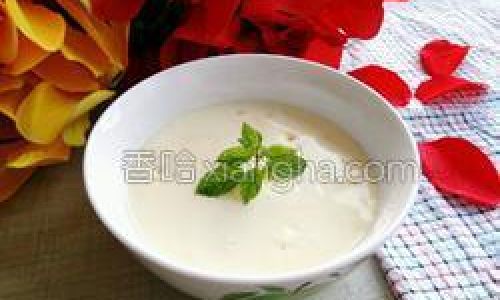
- Heatproof dish: A shallow ceramic or glass bowl (6-inch diameter) ensures even cooking.
- Whisk: A balloon whisk or chopsticks work for blending.
- Fine-mesh sieve: Removes lumps and air bubbles.
- Steamer: A bamboo steamer or a pot with a lid and a trivet.
- Kitchen towel: Prevents water droplets from marring the custard’s surface.
Step-by-Step Instructions
Preparing the Egg Base
Crack the eggs into a mixing bowl. Using a whisk, beat them gently until the yolks and whites are fully combined. Avoid over-agitating, as this introduces excess air, leading to a honeycombed texture. For a foolproof blend, aim for 30–45 seconds of steady whisking.
Incorporating the Milk Mixture
In a separate container, combine the milk and warm water. The water should be just below boiling point to gently warm the milk without curdling it. Pour this mixture into the beaten eggs, adding the salt and white pepper. Whisk slowly to integrate the liquids, maintaining a uniform consistency.
Straining for Silkiness
Pass the egg-milk mixture through a fine-mesh sieve into a clean bowl. This step is critical: it eliminates chalaza (the egg’s cord-like strands) and undissolved egg whites, ensuring a lump-free custard. For extra insurance, strain the mixture twice.
Skimming Off Foam
Gently skim any residual foam from the surface using a spoon. Foam creates air pockets that burst during steaming, leaving unsightly craters. Some chefs opt to leave a thin layer of foam for a rustic finish, but for restaurant-quality results, remove it entirely.
Setting Up the Steamer
Fill a wok or pot with 2 inches of water and bring it to a simmer over medium heat. Place a trivet or folded kitchen towel at the bottom to prevent the dish from rattling. Cover the pot, leaving the lid slightly ajar to allow steam to escape gradually.

Steaming Technique
Pour the egg mixture into the heatproof dish. Cover it tightly with aluminum foil or a heatproof plate to prevent condensation from dripping onto the custard. Lower the dish into the steamer, maintain the water at a gentle simmer, and steam for 12–15 minutes. Resist the urge to lift the lid during cooking, as temperature fluctuations cause uneven setting.
Testing for Doneness
After 12 minutes, check the custard by gently jiggling the dish. The center should wobble slightly, like gelatin, while the edges appear set. If the surface is still liquid, steam for an additional 2–3 minutes. Overcooking at this stage is the primary cause of rubberiness, so err on the side of caution.
Resting Period
Once cooked, remove the dish from the steamer and let it rest for 5 minutes. This allows residual heat to gently finish cooking the center without overcooking the edges. Uncover the custard and admire its glossy surface.
Garnishing and Serving
Enhance the custard’s flavor with a drizzle of soy sauce, a splash of sesame oil, or a sprinkle of chives. For a heartier meal, top with sautéed mushrooms, shredded chicken, or tiny shrimp. Serve warm with steamed rice or alongside congee for a comforting breakfast.
Tips for Success
- Ratio Matters: The classic egg-to-liquid ratio is 1:1.5 (e.g., 2 eggs to ¾ cup liquid). Adjust based on desired firmness.
- Temperature Control: Room-temperature eggs and milk blend more seamlessly than cold ingredients.
- Avoid High Heat: Vigorous boiling creates aggressive steam, which can roughen the custard’s texture.
- Water Quality: Use filtered water to minimize mineral deposits that might affect the custard’s clarity.
Troubleshooting Common Issues
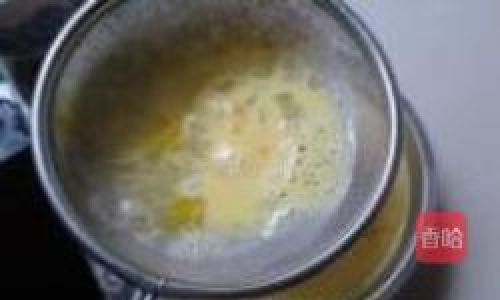
- Weeping Custard (Liquid Pools on Top): Caused by overcooking or excessive liquid. Reduce steaming time by 2–3 minutes next time.
- Rubbery Texture: Steamed at too high a temperature. Lower the heat and ensure the water is simmering, not boiling.
- Honeycombed Surface: Over-whisking introduced too much air. Whisk gently next time.
- Uneven Cooking: The steamer lid was too tight, causing condensation. Leave a slight gap when covering.
Variations and Customizations
- Savory Twist: Add a teaspoon of fish sauce or oyster sauce to the egg mixture for umami depth.
- Herb-Infused: Steep a pandan leaf or a sprig of thyme in the milk before mixing for aromatic notes.
- Sweet Adaptation: Substitute salt with sugar and add a splash of vanilla for a dessert custard. Serve with fresh berries.
- Dietary Adjustments: Use lactose-free milk or almond milk for dairy-free versions. Replace eggs with silken tofu for a vegan alternative (though texture will differ).
Cultural Context and History
Steamed egg custard has roots in ancient Chinese cuisine, where it was considered a nourishing food for the elderly and infirm. Over centuries, it evolved into a beloved comfort dish, with regional variations emerging. In Japan, chawanmushi incorporates dashi stock and garnishes like gingko nuts, while Korean gyeran-jjim often features vegetables and seafood. The use of milk in steamed eggs is a modern adaptation, popularized in the 20th century as dairy became more accessible.
Conclusion
Mastering the art of steamed egg custard with pure milk is a rewarding journey into the nuances of delicate cooking. By adhering to precise ratios, temperature control, and meticulous technique, even a novice can achieve a dish that rivals restaurant offerings. This custard’s versatility—served as a breakfast staple, a sophisticated appetizer, or a blank canvas for global flavors—ensures it remains a timeless addition to any culinary repertoire. So, gather your ingredients, embrace the rhythm of the steamer, and savor the satisfaction of creating a dish that embodies simplicity and elegance in equal measure.

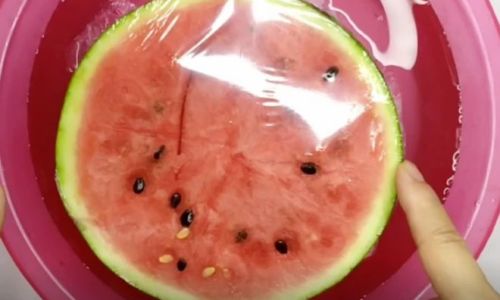
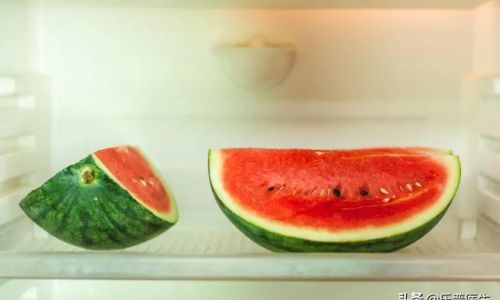
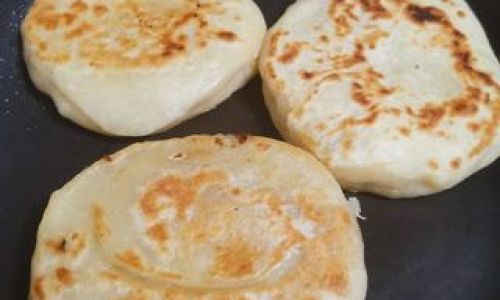
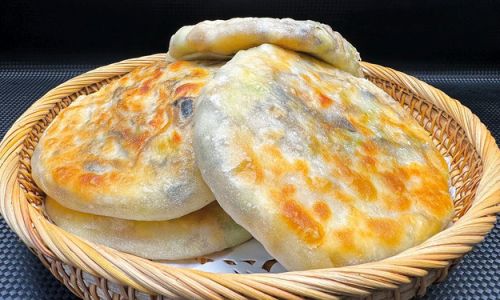
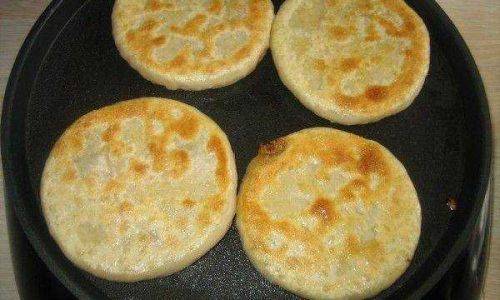
0 comments